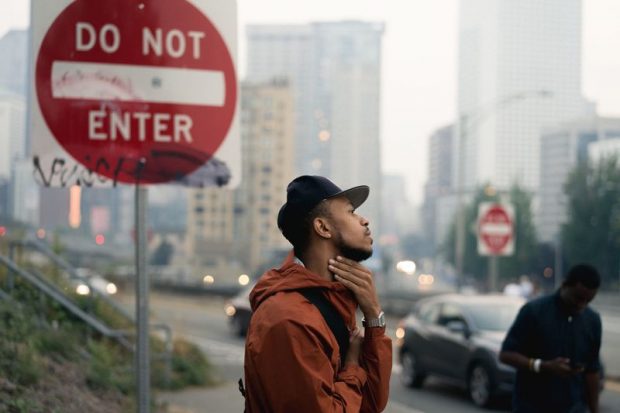The Ultimate Guide To Framing Streets
Some Known Questions About Framing Streets.
Table of ContentsFacts About Framing Streets RevealedAll about Framing StreetsFraming Streets - TruthsFraming Streets - The Facts

Both at the Museum of Modern Art (Mo, MA). Inspired by Frank, in the 1960s Garry Winogrand, Lee Friedlander and Joel Meyerowitz began photographing on the streets of New york city. Phil Coomes, composing for BBC News in 2013, stated "For those of us interested in street digital photography there are a couple of names that stand out and among those is Garry Winogrand"; movie critic Sean O'Hagan, creating in in 2014, claimed "In the 1960s and 70s, he defined street photography as a perspective in addition to a style and it has actually laboured in his shadow ever considering that, so definitive are his pictures of New york city." Going back to the UK in 1965 from the United States where he had met Winogrand and embraced street digital photography, Tony Ray-Jones turned a wry eye on often surreal collections of British people on their holidays or taking part in festivals.
Street digital photography is a huge style that can be defined in numerous ways, however it is commonly defined by the spontaneous recording of an unrepeatable, fleeting minute, typically of the day-to-day going-ons of unfamiliar people. It is characteristically shot with wider angle lenses (e. g. 35mm) and normally features metropolitan settings.
Little Known Facts About Framing Streets.
Docudrama photographers generally have actually a specified, conscious message and a purpose to videotape specific occasions in history (https://pubhtml5.com/homepage/jtdxv/). The range of the docudrama strategy encompasses aspects of journalism, art, education, sociology and background. In social examination, docudrama pictures are frequently meant to prompt, or to highlight the need for, social modification
Road digital photography is generally seen as unposed and honest, however there are a couple of street professional photographers who interact with strangers on the roads and take their pictures. Road portraits are unexpected portraits taken of strangers while out doing road photography, nonetheless they are seen as positioned because there is communication with the subject.
Photographing people and areas in public is legal in most nations safeguarding liberty of expression and journalistic flexibility. There are usually restrictions on exactly how pictures of people might be used and most countries have details legislations regarding people's privacy.
Fascination About Framing Streets
Of flexibility of expression. While additionally restricting digital photography in order to protect privacy civil liberties, road photography can still be lawful in France when sought as an art kind under specific conditions.

. that simply roamed this into a scene), or that are not also identifiable in the image. https://www.huntingnet.com/forum/members/framingstreets1.html. It likewise does not usually reach people that are public figures (e. g - vivian maier. politicians or celebrities). If a photo is taken into consideration art, the courts will certainly likewise consider the digital photographer's flexibility of artistic expression; indicating that "artistic" road photography can still be lawfully released in specific cases
The Best Strategy To Use For Framing Streets
In Greece the right to take photographs and release them or offer licensing civil liberties over them as art or editorial web content is secured by the Constitution of Greece (Post 14 and other articles) and free speech regulations in addition to by situation legislation and legal situations. Photographing the cops and publishing the photographs is likewise lawful.
In Hungary, from 15 March 2014 any individual taking photos is practically breaking the legislation if somebody wanders into shot, under a new civil code that outlaws taking pictures without the permission of everybody in the photo - Best Zoom Lens. This expands the law on permission to include the taking of photos, along with their publication
'Covert photography' (kakushidori concealed, surreptitious photography) 'swiped digital photography' (nusumitori without intention of getting permission) and "fast digital photography' (hayayori prior to authorization and rejection can be provided) are forbidden unless in the former authorization is acquired from the subject right away after taking the image. Individuals have rights to their pictures (shzken, droit de picture).